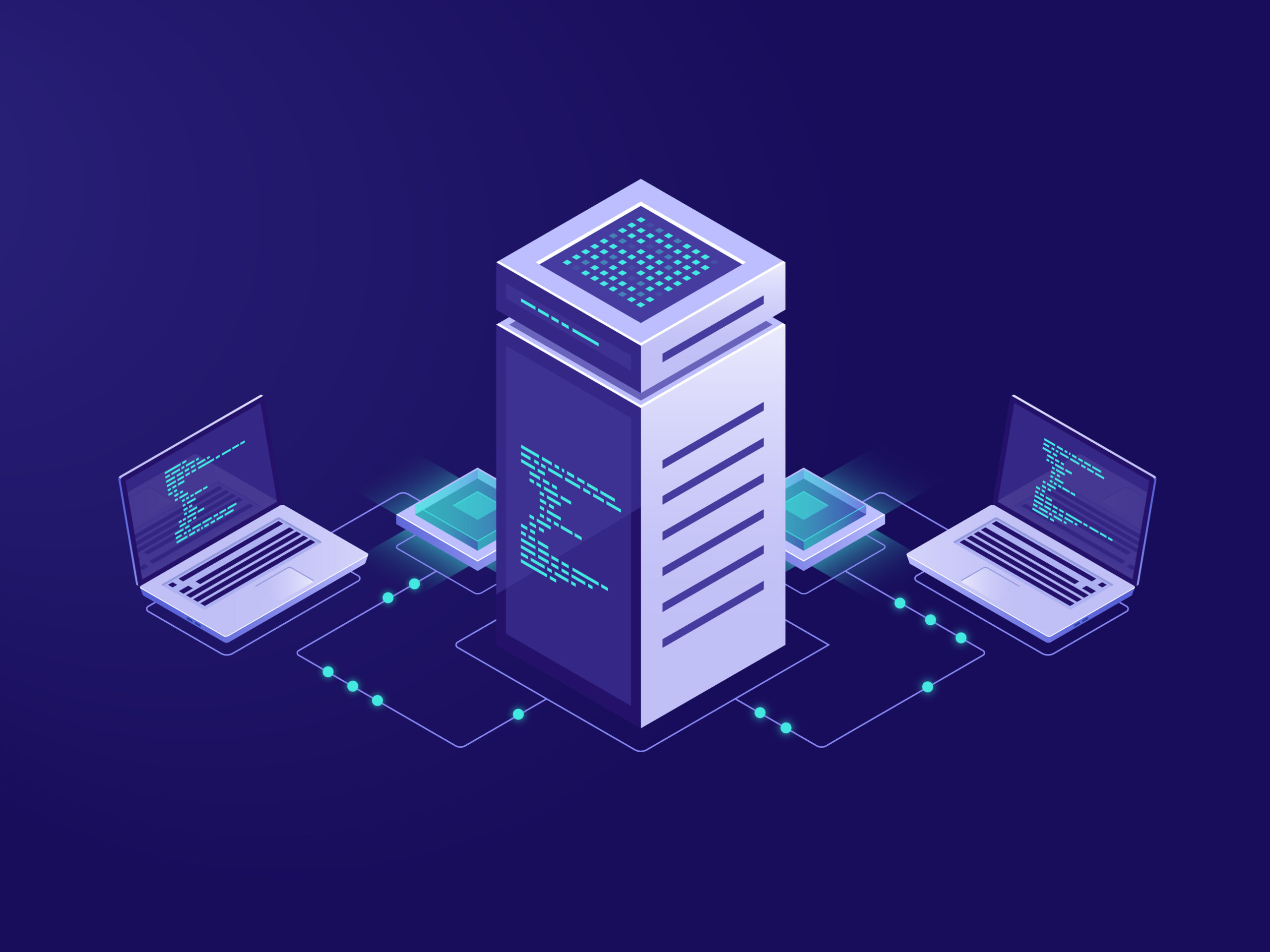Imagine a world where machines don’t just collect data — they think, decide, and act instantly.
That’s not science fiction anymore. That’s IoT and edge computing, working together in real time.

Why This Convergence Matters Now
We’re surrounded by billions of connected devices — from smart thermostats and factory sensors to autonomous vehicles and wearable health monitors. These devices generate huge volumes of data, and traditionally, that data travels to the cloud for processing.
But here’s the catch: sending everything to the cloud takes time. And in a world where milliseconds matter — think traffic signals, medical alerts, or manufacturing robots — latency can’t be an afterthought.
Enter edge computing.
It processes data closer to where it’s generated, reducing the need to send it back and forth. And when paired with IoT? You don’t just get data. You get real-time intelligence.
Real-World Example: Smart Cities
Let’s take traffic management in a smart city.
IoT sensors on roads gather vehicle and pedestrian data 24/7. If all that data had to travel to a cloud server before adjusting traffic lights, we’d be stuck in more jams than ever.
With edge computing:
Traffic data is processed at the intersection.
Signals change in real time based on congestion.
Emergency vehicles get green corridors instantly.
The result? Faster response times, safer streets, and smoother traffic.
What Happens at the Edge?
Think of edge computing as a local decision-maker.
Instead of offloading data to a distant server, the “edge” device — like a smart gateway or micro data center — does the computing right where it’s needed. Only critical or summarized data is sent to the cloud for storage or deeper analytics.
This means:
Reduced latency
Lower bandwidth usage
Faster decision-making
Increased data privacy
And when combined with IoT’s data-gathering capabilities, it becomes a powerful, autonomous loop.
Key Industries Benefiting from This Convergence
1. Manufacturing (Industry 4.0)
IoT sensors monitor machine health, product quality, and energy consumption. Edge devices analyze this in real time to:
Predict breakdowns
Automate workflows
Maintain uptime
2. Healthcare
Wearables and medical devices collect patient vitals. Edge computing enables:
Real-time monitoring
Immediate alerts in emergencies
Local processing for data-sensitive environments (like operating rooms)
3. Retail
Smart shelves and checkout systems gather data on customer behavior. Edge processing powers:
Dynamic pricing
Inventory optimization
Personalized in-store experiences
4. Agriculture
IoT devices track soil moisture, temperature, and livestock movement. Edge-enabled systems adjust irrigation or feed systems on the spot, improving yields without manual intervention.
Challenges in the Edge-IoT Ecosystem
Of course, it’s not all smooth sailing. Here are a few hurdles:
Scalability: Managing thousands of edge devices across locations requires advanced orchestration tools.
Security: More devices = more attack points. Securing endpoints and ensuring encrypted communication is critical.
Interoperability: IoT devices come in many standards. Without seamless integration, edge intelligence is limited.
Data Governance: Where is the data stored? Who owns it? These questions become more complex with local processing.
What’s Next? The Role of AI at the Edge
The next evolution? AI at the edge.
Machine learning models are being deployed directly on edge devices to make predictive and autonomous decisions — with zero cloud dependence.
Think of a factory machine that identifies a defect in real time and adjusts operations on its own. Or a surveillance system that detects anomalies and alerts authorities without human input.
This is not the future. It’s already happening.
Intelligence Isn’t Just Speed — It’s Context
What makes the convergence of IoT and edge computing so exciting isn’t just speed.
It’s contextual, responsive intelligence that doesn’t wait for a central brain to decide what’s next. Instead, the decision-making power lives right where the action is.
And in a world driven by immediacy, that’s a serious competitive edge.




